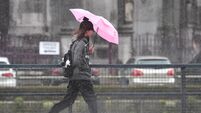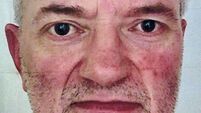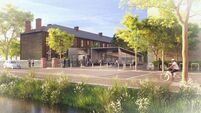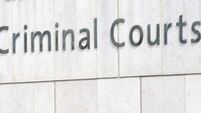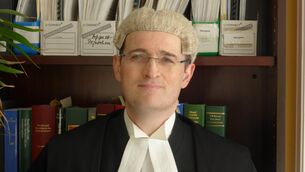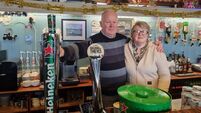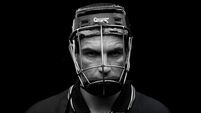Carrigaline murder trial hears incident was 'two worlds colliding' in a 'chance encounter'
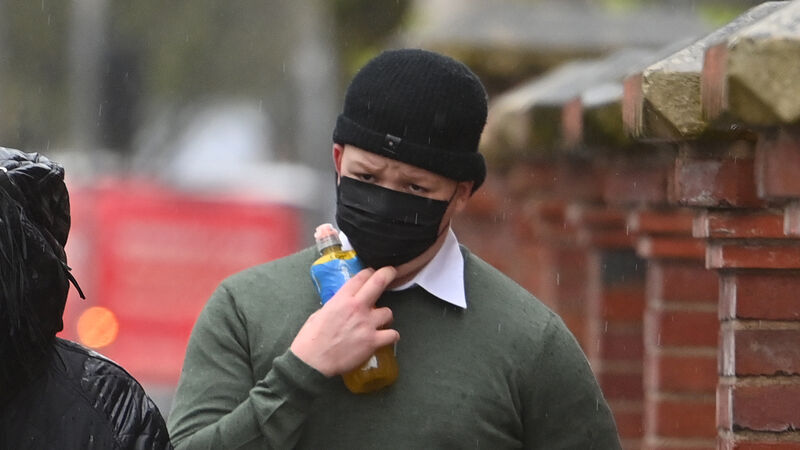
The prosecution said the jury could have regard to blood of the deceased being found on a sock worn by Ricardo Hoey (pictured). File picture: Dan Linehan
The two young men accused of murdering a 29-year-old man in Carrigaline during Christmas of 2022 had no intention of killing or seriously injuring him and it was a chance encounter which only lasted seconds where two worlds collided, a defence lawyer claimed at the closing of the case.
But the prosecution put it to the jury that there was sufficient evidence on which they could find both accused guilty of murder.
After hearing the closing address from Ms Justice Siobhán Lankford the jury had these contentions to consider as they commenced their deliberations. They were sent away and directed to return to the Central Criminal Court to resume their deliberations on Monday, April 22, for what will be Day 10 of the trial.
21-year-old Ricardo Hoey of 7 Ardcarrig, Carrigaline, County Cork, and 19-year-old Jordan Deasy of 41 Ravensdale, Heron's Wood, both pleaded not guilty to the single charge against them, namely that on December 28, 2022, at Glenwood estate, Carrigaline, County Cork, they did murder 29-year-old Matt O’Neill, contrary to common law.
Ms Justice Lankford said that the jury should approach the case as effectively being two separate trials and that in each one there were three possible verdicts open to them: guilty of murder, guilty of manslaughter or not guilty.
Prosecution senior counsel, Jane Hyland, said the prosecution had proved beyond reasonable doubt that the killing was caused by Mr Hoey and Mr Deasy.
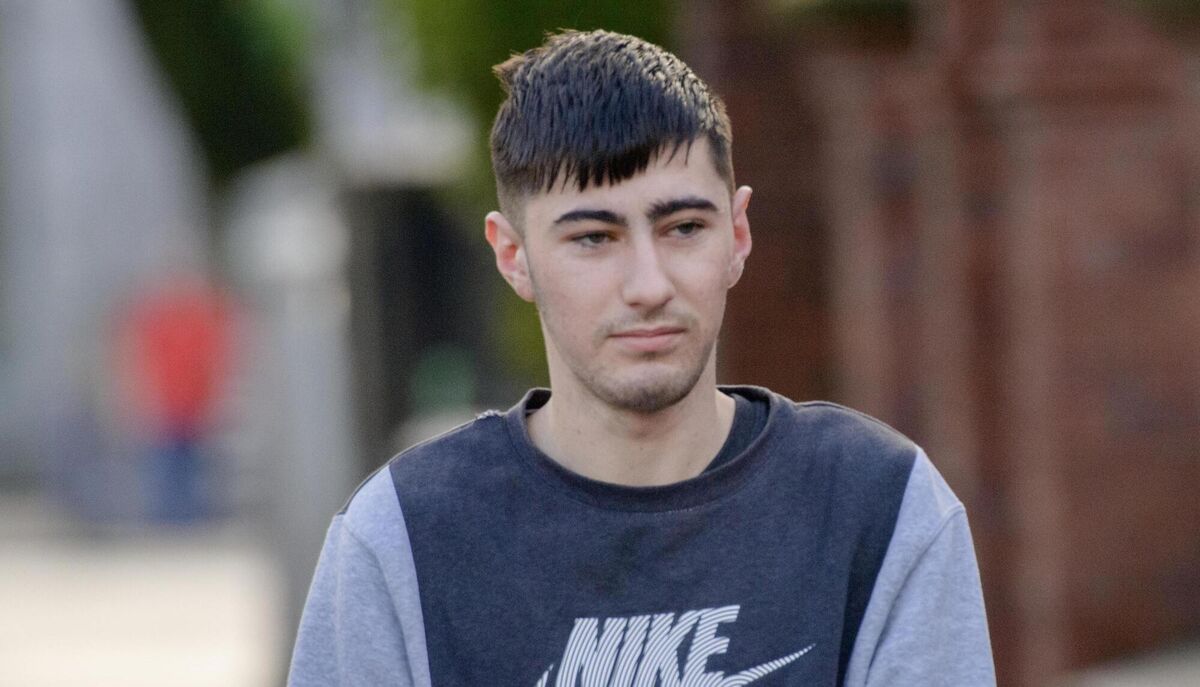
Evidence of pathologist, Dr Margaret Bolster, was referenced by Ms Hyland who said the jury could also have regard to blood of the deceased being found on a sock worn by Mr Hoey.
Ms Hyland said that not only was the killing caused by the two accused but that this was both unlawful and intentional.
In relation to intention, the prosecution's case was that it was an intention to cause serious harm and it was never contended by the prosecution that their intention was to kill. However, she said that an intention to cause serious harm was sufficient to ground a murder charge.
She said CCTV showed Matt O’Neill appearing to be fine before the incident. Ms Hyland said CCTV showed two people getting out of a car and within five seconds Mr O’Neill was on the ground and there was “a concerted attack”.
Ms Hyland said Mr Hoey pushed the deceased who fell to the ground, Mr Deasy punched him and Mr Hoey then kicked him in the head. She said that if you push a drunken person to the ground the probable outcome is that he will be seriously injured.
Tom Creed, senior counsel for Ricardo Hoey, said one cannot use reverse logic and state that the fact that Mr O’Neill is dead meant there was an intention to cause his death and he urged the jury to consider that the actions were reckless rather than intentional.
Mr Creed suggested the late Mr O’Neill might have been vulnerable and he asked how was Ricardo Hoey to know there was an underlying vulnerability.
The defence senior counsel asked if Mr Hoey going almost immediately to the guards afterwards indicated an intention to cause serious harm.
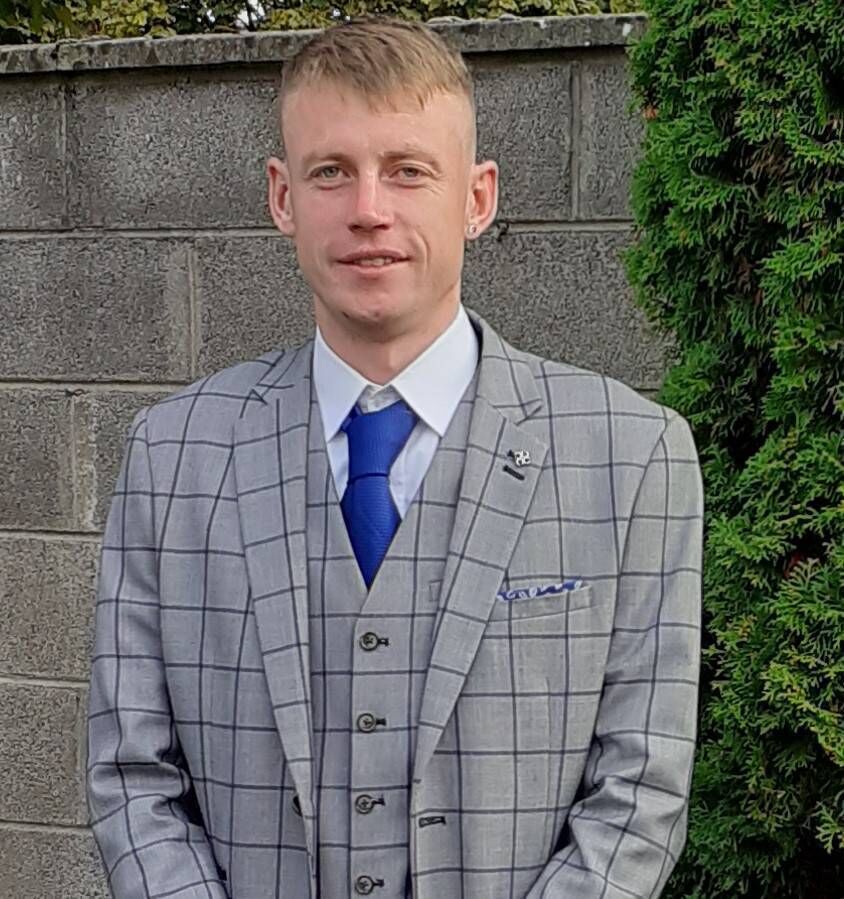
Ricardo Hoey was afraid Matt O’Neill would hit him or hit his car and what he did was in self-defence, Mr Creed argued.
He pointed to evidence of the deceased having a thin skull but no skull fracture, indicative — he submitted — of the blows not being that serious. He said that what occurred was a chance encounter — two worlds colliding — and lasted only a matter of seconds.
Brendan Grehan, senior counsel for Jordan Deasy, said there was contact in the first punch by Mr Deasy and that the second punch only grazed Mr O’Neill. He said Mr Deasy was a passenger in the car and not in full control of the situation and ran away afterwards, but met the matter fairly when questioned.
Mr Grehan said that one hears of gangland murders with all of the associated pre-planning but that here was an 18-year-old, at the time, upset at interview and crying for his mother. Mr Grehan also pointed out that the teenager did not seek to blame Mr Hoey.
Mr Grehan referred to the possibility that as a result of being assaulted by others four days before the incident at the centre of the murder trial, the late Mr O’Neill could have been more vulnerable.





